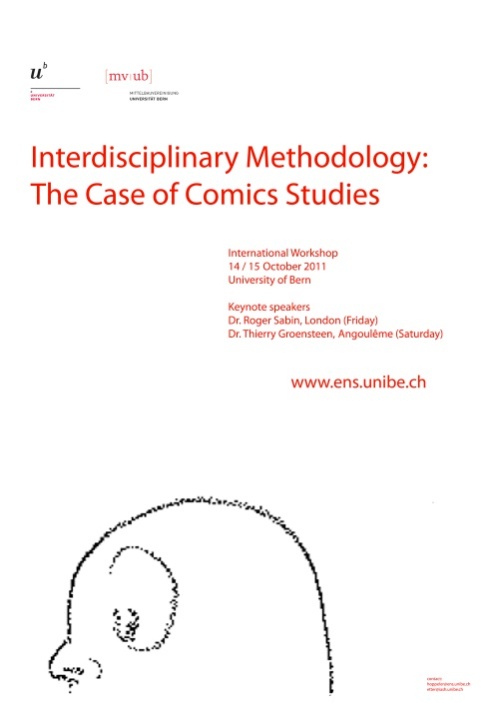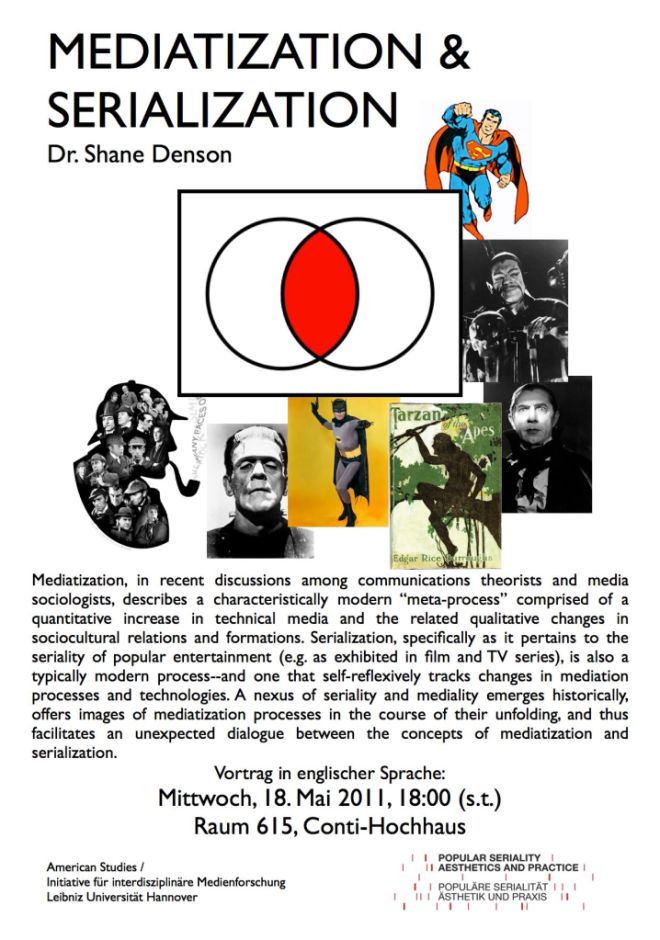 In the future – at least if we believe the big media/tech corporations like Apple, Amazon, Google, and the rest – everything will be in “the cloud.” Physical media like records and CDs have already lost significance, but even having a local copy in mp3 format may become less important as we move away from click-wheel iPods to constantly connected devices that pull our music directly from the cloud – wirelessly, effortlessly, and without the need for ever-increasing local storage capacities. We’re not quite there yet, of course, and many of us have reason to believe that we never in fact want to get there. Intellectual property, digital rights management, surveillance, and the marketing of our virtual profiles indicate just a few of the challenges and worries that accompany the move to the cloud. Nevertheless, whether we like it or not, it is increasingly easy to at least imagine a future in which all of “our” media will one day reside in the virtual no-place place of the cloud. Not just music, but also films, games, and even books.
In the future – at least if we believe the big media/tech corporations like Apple, Amazon, Google, and the rest – everything will be in “the cloud.” Physical media like records and CDs have already lost significance, but even having a local copy in mp3 format may become less important as we move away from click-wheel iPods to constantly connected devices that pull our music directly from the cloud – wirelessly, effortlessly, and without the need for ever-increasing local storage capacities. We’re not quite there yet, of course, and many of us have reason to believe that we never in fact want to get there. Intellectual property, digital rights management, surveillance, and the marketing of our virtual profiles indicate just a few of the challenges and worries that accompany the move to the cloud. Nevertheless, whether we like it or not, it is increasingly easy to at least imagine a future in which all of “our” media will one day reside in the virtual no-place place of the cloud. Not just music, but also films, games, and even books.
The e-book has of course long been a controversial entity – subject of fantasy but also of scorn. As academics, we have of course learned the advantages of searchable text, and yet many of us insist on the superiority of a physical book in a physical hand. Regardless, though, of what one thinks about efforts to digitize text and to make our primary channel of access to it the computer or some other electronic device, and quite distinct from reservations we may hedge about efforts to put all our books in the cloud, I would like to make a case for another book/cloud relation: in the future, whether or not every book resides in the cloud, a cloud should reside in every book!
What I mean is this: the back cover and/or inside flap of a book’s dusk jacket has long been the place for a short summary, a teaser, for attention-getters, blurbs, and other textual snippets designed to give us an idea of what the book is all about. Why not add a cloud – of the sort we know from blogs as the “tag cloud”? I.e. an automatically generated representation of word or topic frequency which accords a larger font size to words appearing more often and smaller font to less frequently used words. As a machine-generated entity, the book’s cloud is a posthuman textual production – created without regard for what we, as authors or readers believe is most significant about a text, but instead offering an uncensored view of actual practice, based on the words that actually appear on the page, weighted according to their sheer frequency. With virtually all contemporary text “born digital” anyway, there’s nothing to stand in the way of generating this sort of cloud, and the results can be revealing for readers and authors alike.
Inspired by something I saw at Lance Strate’s blog, I decided to put the theory into practice. I opened a PDF file of my dissertation, Postnaturalism: Frankenstein, Film, and the Anthropotechnical Interface, hit “select all,” “copied,” and “pasted” all 400 pages of it into the free (as in beer) text-cloud making service at wordle.net. What you see here are the results. And, in some cases, these results are surprising to me. The importance (i.e. frequency) of “human” is greater than I would have expected. The size of the word “must” indicates the predominance of an imperative tone that is slightly embarrassing to me. And I would have expected “phenomenology” to appear more prominently in the cloud. But these surprises, I suggest, are significant. And they are the product of a confrontation of my human-centered expectations, values, and beliefs about the significance of my own work with the nonhuman agency of a machine: surprise – and also significance – result from a posthuman or postnatural production that deserves a place next to human-authored summaries and the like on the (virtual) back cover of any book – a postnatural cloud on every book!
And it’s easy to imagine going further, not only putting a cloud on every book, but also setting up a database of text-clouds of this sort for all books available in digital form – which now includes all the classics of literature and philosophy, and nearly any book published today. This would be a postnatural cloud in the postnatural sky.





